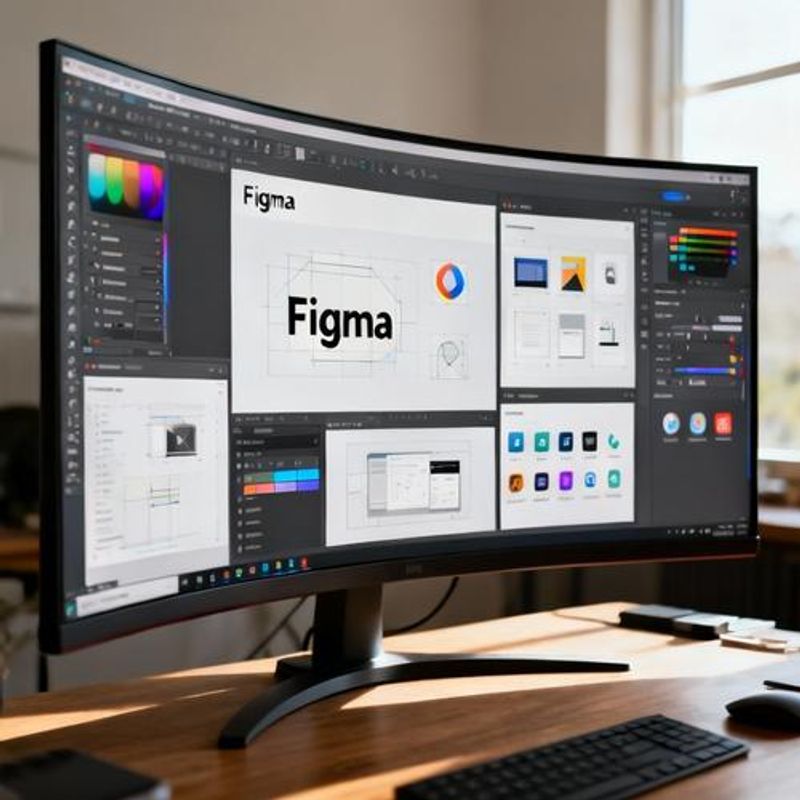15 Essential Product Design Tools Every Product Manager Should Know in 2024

Product managers often find themselves caught between engineering constraints and user expectations, struggling to communicate design requirements effectively. This comprehensive guide reveals 15 battle-tested product design tools that will transform how you collaborate with design teams, validate concepts, and deliver user-centered products. Whether you're managing a mobile app launch or redesigning an enterprise platform, these tools will help you bridge the gap between vision and execution.

Why Product Design Tools Matter for Product Managers
Product managers who lack fluency in design tools often face communication breakdowns with their design teams, delayed feedback cycles, and difficulty translating user research into actionable design requirements. Research shows that product teams using collaborative design tools reduce time-to-market by an average of 23% and experience 40% fewer design-related revisions during development. The modern product manager needs hands-on familiarity with design tools to effectively guide product vision, facilitate stakeholder reviews, and ensure design decisions align with business objectives.
Quick Reference: Essential Tool Categories
Before diving deep into specific tools, here's your strategic overview of the five critical categories every product manager should master:
- Collaborative Design Platforms: Figma, Miro, FigJam for real-time design review and iteration
- Prototyping Tools: InVision, Principle, Marvel for interactive mockups and user testing
- User Research Tools: Hotjar, Maze, UserTesting for data-driven design decisions
- Design Systems: Storybook, Zeplin, Abstract for maintaining design consistency
- Visual Communication: Loom, Notion, Whimsical for documenting design requirements

Collaborative Design Platforms: Your Daily Drivers
Figma has become the industry standard for design collaboration, allowing product managers to leave contextual feedback directly on designs, track version history, and participate in design critiques without switching tools. The key for product managers is learning to use Figma's commenting system effectively—tag specific team members, reference user research findings, and link comments to product requirements. Miro excels for early-stage ideation and user journey mapping, while FigJam bridges the gap for quick brainstorming sessions. Master these three tools, and you'll eliminate 80% of design communication friction.
Prototyping Tools for Validation and Testing
InVision remains powerful for creating clickable prototypes that feel like real applications, essential for stakeholder buy-in and user testing. Product managers should focus on InVision's presentation mode for executive reviews and its user testing integration for gathering feedback. Principle excels for complex micro-interactions and animation previews, helping you communicate nuanced user experience requirements to engineering teams. Marvel offers the fastest path from sketch to testable prototype, ideal for rapid validation cycles and early-stage concept testing.
Data-Driven Design with User Research Tools
Hotjar's heatmaps and session recordings provide concrete evidence for design decisions, helping product managers advocate for user-centered changes with quantitative backing. Maze streamlines usability testing by allowing you to test prototypes with real users and generate actionable insights within days rather than weeks. UserTesting offers more comprehensive user research capabilities, perfect for validating major design directions before significant development investment. The key is integrating these insights directly into your design tool workflow.
Implementation Guide: Your 30-Day Adoption Plan
Week 1: Set up Figma and practice commenting on existing designs. Create a Miro board for your next user journey mapping session. Week 2: Build your first simple prototype in InVision using existing design files. Install Hotjar on one product feature to start gathering baseline data. Week 3: Conduct a usability test using Maze with a current prototype. Set up a design system template in your chosen tool. Week 4: Document your design requirements workflow and train your team on the new collaborative processes.

Common Pitfalls and How to Avoid Them
The biggest mistake product managers make is trying to become designers instead of becoming better collaborators. Don't spend hours perfecting pixel-level details—focus on understanding design principles and communicating requirements clearly. Avoid tool proliferation by standardizing on 3-4 core tools rather than jumping between platforms. Never bypass your design team by making design decisions in isolation, even if you're comfortable with the tools. Most importantly, don't forget that these tools serve user needs, not internal convenience—always validate design decisions with real user data.
Start Building Better Products Today
Mastering these product design tools will transform your effectiveness as a product manager, reducing miscommunication, accelerating feedback cycles, and ensuring your products truly serve user needs. Start with Figma and Miro this week—create accounts, explore existing team files, and practice leaving constructive design feedback. For comprehensive guides on each tool and downloadable templates for design requirement documentation, explore our product management resource library. Your design team will thank you, your stakeholders will see clearer progress, and your users will experience better products.